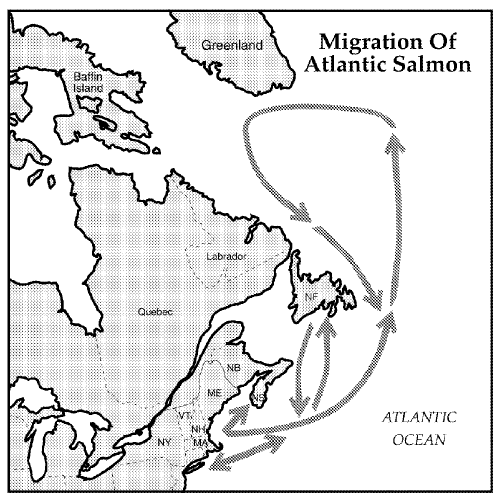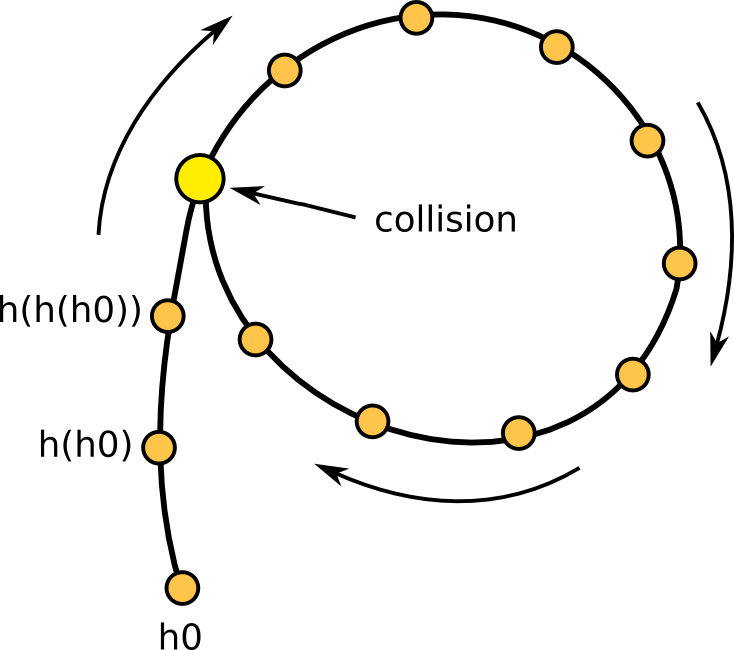
Rashomon logo by Daiei Film Co., Ltd.
Human memory is not black or white like the computer memory. The Japanese director Akira Kurosawa once made a movie called Rashomon. It was a story of three witnesses - a woodcutter, a bandit, and a wife - recalling the murder of a samurai. Their first-hand accounts were heard by a priest and a commoner. But the accounts were so different from each other’s that the priest believed that some or all of them had lied. And the commoner said that men were always motivated by self-interest, and they disguised the truth to fit their needs.
The movies did not reveal which witness was lying. And the audience was left guessing what had really happened. Strangely or not so strangely, many liars do not think themselves as liars. They believe their version of the story is quite acceptable and not wrong. What if the witnesses at Rashomon actually all believed that his or her memory of the murder was the truth, despite contradictions from others?

Hidden Camera
Some businesses set up “hidden” cameras in commercial areas to record what is happening. This provides objective data for security purposes. In most private lives there is no such monitors. Without camera recordings there is only the witnesses’ recollections of an event. However, people’s subjective accounts of an event are always somewhat different because the human memory is a transform, not a copy, of their perceptions. The neural transformations can vary in many ways, so the memory recollections will also vary in many ways.
A math teacher goes in front of a class to talk about the distance formula of geometry. After the lesson, how much do the students remember the lesson? None, little, some, or most? Can even the teacher himself remember what has been said verbatim? Certainly not. The same applies to language lessons, movie viewing, conversation, travel, or all other activities. The Rashomon phenomenon happens not only at Rashomon, but at almost everywhere.

EarthDATAsafe Haupt. Objective Data Store
However, there are objective truths. Or at least science and technology can demonstrate there are some. By classifying and analyzing carefully collected data, scientists can predict and control the properties of objects, and make our lives better materially. That is evidence of objective truths. In doing so, however, they also subject our human memory to objective data, making people think and act more and more like a machine.
Confining subjective memory to objective data has one advantage. It trains the memory to be more accurate relative to the objects in question. That makes the study of memory easier for scientists. The subjective memory on the other hand is not about accuracy but about imaginations. Story and art and playacting are disciplines that encourage imaginations. They let the mind roam free, using poetic license to play with objective truths. Objectivity is geared towards the material, while subjectivity is towards the spiritual.
Most basic skills are learned by training subjective impressions into memory that conforms to objective phenomena. Examples are reading and writing, dancing or cooking. Musicians like Pete Townsend or Paul McCartney had to practice long and hard before they could get their fingering right on the guitar. Rote learning comes from practice. And practice makes rote learning easier.
Repetition from rote learning causes neural circuits to form and solidify, per Hebb’s Rule. These circuits circulate impulse patterns that resonate to objective phenomena. Typing on the keyboard without needing to look at the keys is an “objective” memory. What about “subjective” memories? That might be neural circuits that circulate impulses between objective memory circuits, producing associations of various objects. For example, association of a flying carpet or a winged horse, or an owl talking to a girl lost in a forest. It weaves and fuse things together: carpet and sky make a flying carpet; owl and words make a talking owl; and human and swan make a ballerina figure in the Swan Lake.

Book of Genesis Illustrations, God Created Man.
by Distant Shores Media/Sweet Publishing.
The book of Genesis in the Bible tells a story of creation. Genesis 1:27 says, “So God created mankind in his own image.” This creation is a foundation of Christianity. Invert this saying and it becomes “So mankind created spirituality in his own imagination.” That is like turning a subjective faith into an objective observation. We can see there are many religions in the world where people practice spirituality differently but we do not see God directly. In my imagination, subjective memories and imaginations are the outcome of “meta” neural circuits, something that are “read between the lines”. Although they too can become hardened circuits from repetition, which become personalities or mental traits.
Acclimating body to cold weather
So far it is only about brain memories, which can be classified into objective and subjective types. But memory is not confined only to the brain. Memory is in the body as well. Muscle memory is a common example of body memory. Athletes’ hands and feet and musicians’ fingers are filled with memory that are tuned to play what they have practiced to play. In most cases, brain memory actually interferes with muscle memory (dexterity) as the saying “thinking too much is not good” shows.
Furthermore, the skins and the glands have memory, too. A light-skinned person can get a tan by sunbathing. The tanned skin remembers to keep the darkened melanin around to absorb the harmful UV light. This makes the people living in sunny areas to stay dark. The skin not only remembers adaptations to the sun, it also remembers changes due to exposure to temperature, humidity, and air pressures. It is known as bodily acclimation to the environment. Unacclimated visitors notice very quickly the physical stresses of a new environment on the body, while the locals feel nothing. That is because a new comer’s body has not yet remembered the changes it needs to adapt.

Jonas Salk, inventor of Polio Vaccine,
Congressional Gold Medal - usmint.gov
The memory of glands can be exemplified by the immune system. When one gets sick and then recovers from a contagious disease such as the flu, one develops a specific immunity against it. At one point the white blood cells and the immune cells get to know the foreign viruses when the body is being sickened by them. The next time the same viruses come around, the immune cells eliminate them quickly by memory, without going through the sickness again. This body memory is how vaccine works. Polio vaccine was invented by Jonas Salk and consisted of dead polio viruses. Injecting polio vaccine into the body makes the body remember the viruses, so that the immune system will know how to eliminate live viruses easily in future infections.

DNA-split by US Department of Energy
- DOE Human Genome project.
Delving deeper, the genes of DNA are also memories. Passing on the genes from parents to children is how the children inherit the parents’ physical traits, such as the hair colors or eye sizes. However, DNA is a bundle of genes in sequence. The sequence is just as significant as the genes themselves. The individual gene is not a static code or mold of a specific physical trait, and DNA is not just the combination of all the traits together. The sequence in the DNA molecules shows that there must be a timely order for the unfolding or becoming of things. This can be seen in the combined DNA’s of a fertilized egg in the womb. The cell divides and then combines into a fetus, and physical traits appear along the way sequentially, not simultaneously. It is a memory playback of dynamic processes, not a static state. In other words, it is a memory of a development, not a memory of the outcome of a development.

Ocean migration of Altantic salmon.
Perhaps an analog of this “process” memory can be seen in certain animal migrations. Adult salmons, after years of living in the ocean, somehow mysteriously remember to go back to the freshwater creek where they were born, repeating what their parents had done once upon a time. After returning back to their birthplace, most adult salmons spawn and die. Such a return-to-root journey happens only once in their lifetime. What, then, enables them to find their way back from the vast oceans in just one go? Some scientists propose that they find their way by sensing the Earth’s magnetic field. Maybe so, or maybe the migration is a late-stage memory playback for the fish. This late memory triggers the fish to start migrating. Along the way many fish gather together and a group dynamics take place. This group dynamics produce a group memory where each and every fish contributes to the migration path. The collective memory of the whole group directs them back to the river where they came from. It is like the neurons forming a neural circuit, and the neural circuit develops a resonance (memory) that directs the impulse firings of the component neurons.

Re-circulation without the original seed.
Pollard's Rho Hash by Dake - Own work.
Anyway, with all the digressions on various aspects of memory, what is a better definition for it? The answer lies in the usage of context or reference. Our definition uses “circulation” (loop) for reference. So, memory is a re-circulation of a sequence of events, without the original trigger. For example, the brain memory is a re-circulation of impulse patterns in some neural circuits. An impulse pattern may start circulating by some stimuli of the senses. The senses are the relatively original trigger. If the same impulse pattern circulates in the brain again, and is not triggered by the senses, then it is a memory. The formation and presence of neural circuits can make impulse circulations definitive and repeatable. The repeatable impulse circulations are where we can examine memories objectively.
How do neural impulse patterns circulate? What impulse circulation pattern corresponds to what type of brain memory? That will be the topics next.